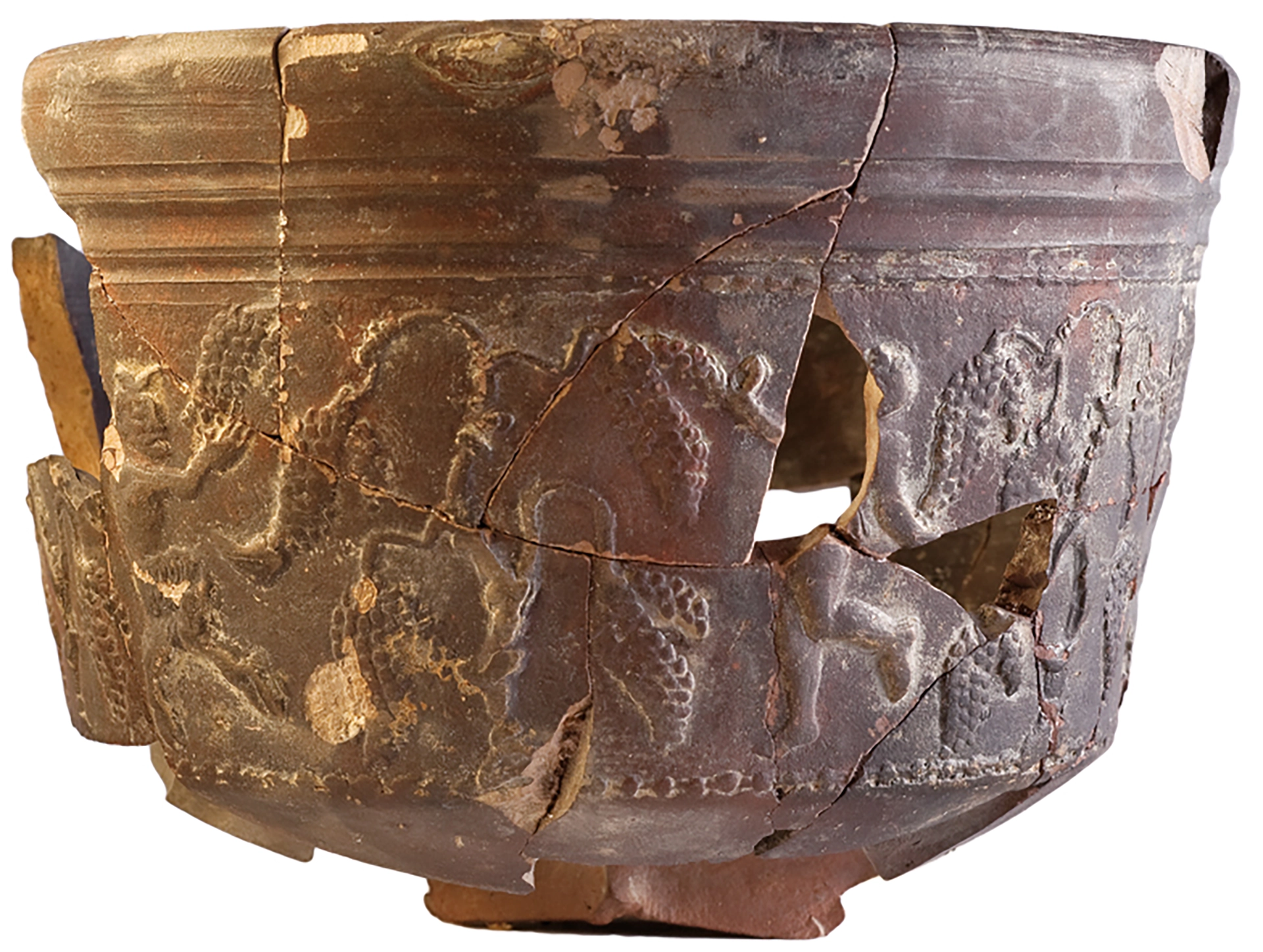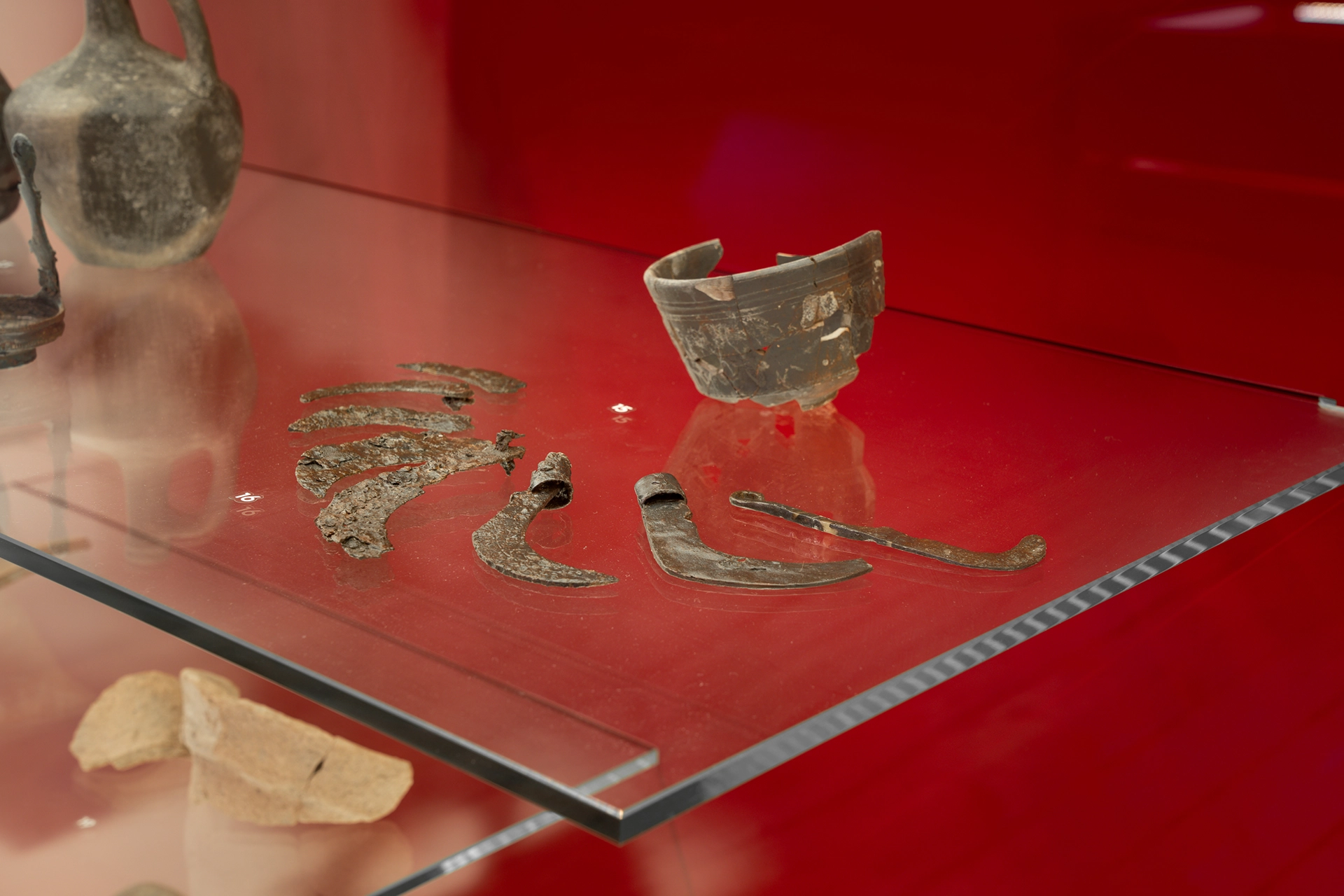Roman period

A taste for foreign wines
At the time of the Roman conquest (15 BC) Valais already appeared to be a region where wine was appreciated. Imported wines initially contributed to its spread, with local production limited to a small number of vine parcels. The many amphora fragments (coming at first from Italy and the south of France, then Spain, the Aegean Sea, North Africa and Palestine) indicate that people in Valais had a pronounced taste for Mediterranean wines. Wine service containers show that drinking wine was no longer reserved for the elite.

Viticulture intensifies
Starting in the second century AD, and parallel to the importation of Mediterranean wine, we see the emergency of a more intense form of viticulture, alongside pre-existing indigenous grape-growing. It’s at this time that we also see an overall fall in the imports of amphores and the first grapevine pruners appeared in the region. This “Roman-style” viticulture may be behind the rise of Medieval vineyards.


